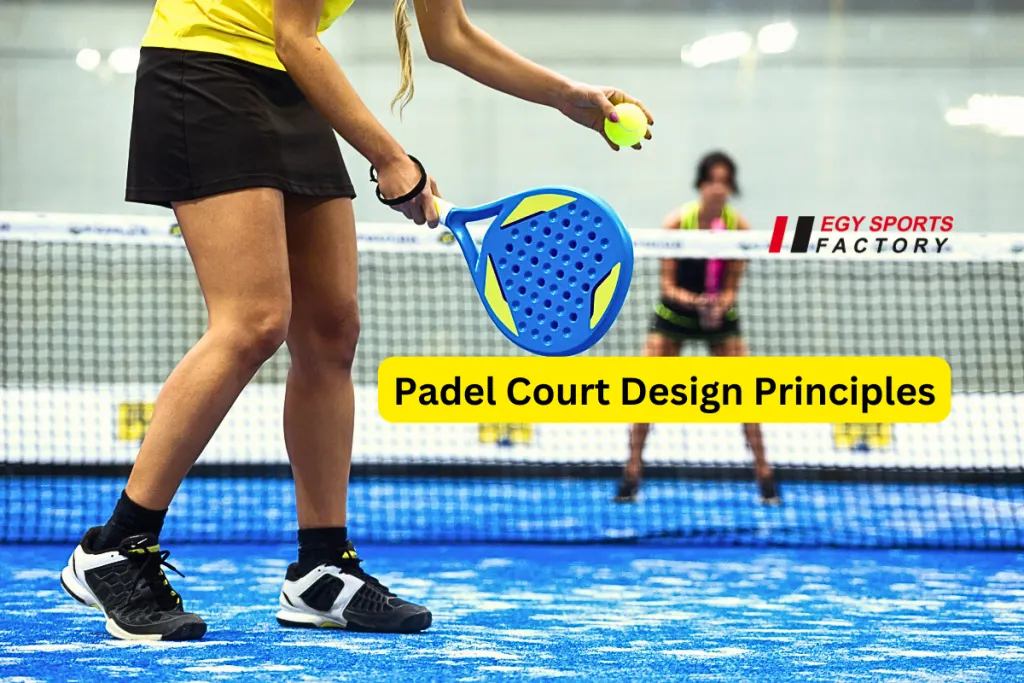The layout of the playing field is just as important in the engrossing world of Padel, where passion, skill, and strategy all come together. Padel court design principles lay the foundation for designing venues that not only satisfy technical requirements but also enhance the overall player experience.
Architects, facility owners, and aficionados who want to contribute to Padel’s progress must grasp these design concepts as the sport continues its global ascension.
Padel court design is a sophisticated field that strikes a balance between practicality, style, and conformity to global norms. Every element contributes to creating the ideal playing experience, from the court’s design to the choice of materials, lighting, and even acoustics.
By Incorporating these design concepts guarantees that Padel courts will also surpass players’ expectations, comply with regulations, and provide an immersive and entertaining playing environment.
Padel Court Design Principles
When building Padel courts and architects follow a set of basic standards and considerations known as Padel court design principles. These guidelines seek to provide the best possible playing conditions that adhere to global norms, guarantee the facility’s security and efficiency. These are the main ideas behind Padel court design:
Dimensions, Layout and Court Orientation
Standardized size for padel courts guarantee uniformity amongst venues. The court’s dimensions must be 10 meters wide by 20 meters long. Transparent walls at least three meters high enclose the playing area.
Padel courts ought to be positioned to reduce the amount of glare from the sun while they are in use. Appropriate orientation lessens player discomfort and contributes to equitable playing conditions.
Surface Materials, Walls and Fencing
The surface material selection affects game dynamics, player comfort, and safety. Padel courts usually use synthetic turf or artificial grass with an infill of rubber or sand to provide the ideal amount of cushioning and traction.
In addition, the court is surrounded by transparent walls to allow spectator sight and provide an air of openness. To add strategic components to the game, the walls and fencing materials should be made of lasting materials.
Gate, Entry System and Lighting
Easy access and injury prevention should be the main design goals of the entry gate. Securing access and exit requires the use of appropriate locking mechanisms and safety features.
For indoor facilities or night play, there must be adequate illumination. To ensure that players can enjoy the best possible visibility and eliminate shadows, we should disperse lighting equally. We promote lighting options that are both economical and energy-efficient.
Landscaping and Aesthetics in Padel Court Design Principles
Thoughtful landscaping surrounding the court improves the facility’s overall aesthetics. The thoughtful positioning of visual elements and flora enhances a comfortable atmosphere for players and spectators.
Furthermore, respect for Padel court design principles is essential. Design and construct Padel courts in accordance with the guidelines provided by reputable Padel organizations.
It is crucial to incorporate these Padel court design principles when building facilities that satisfy technical specifications.
Our Egy Sports Factory provides padel court with new and exclusive designs according to the law regulations and standards, get more designs for our product on our Website or the Facebook page.

